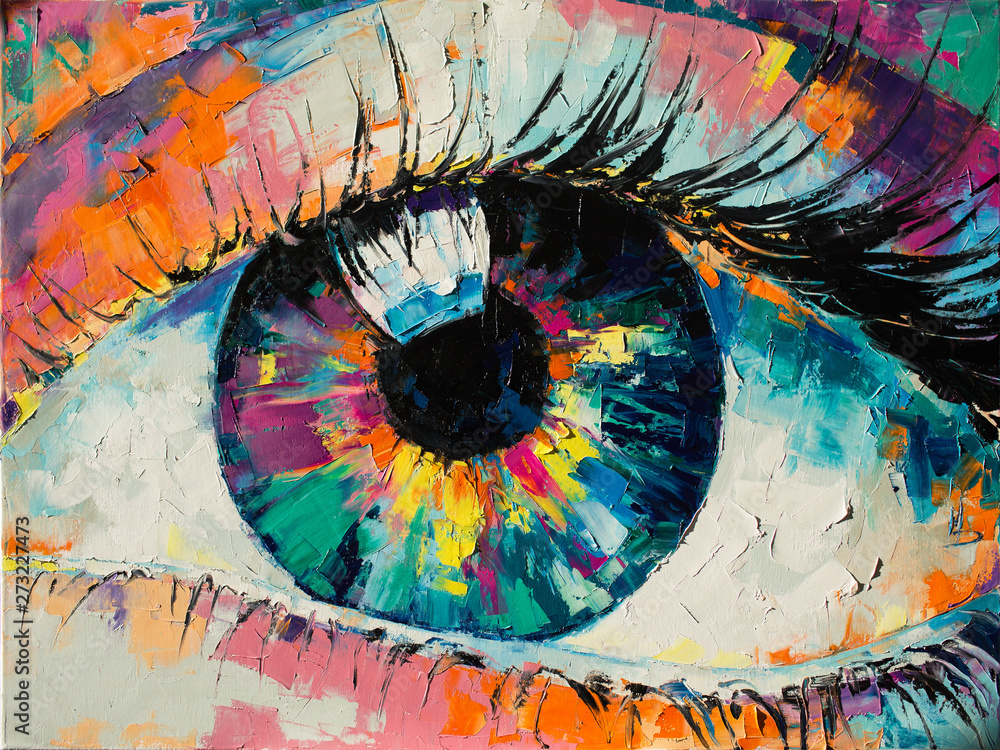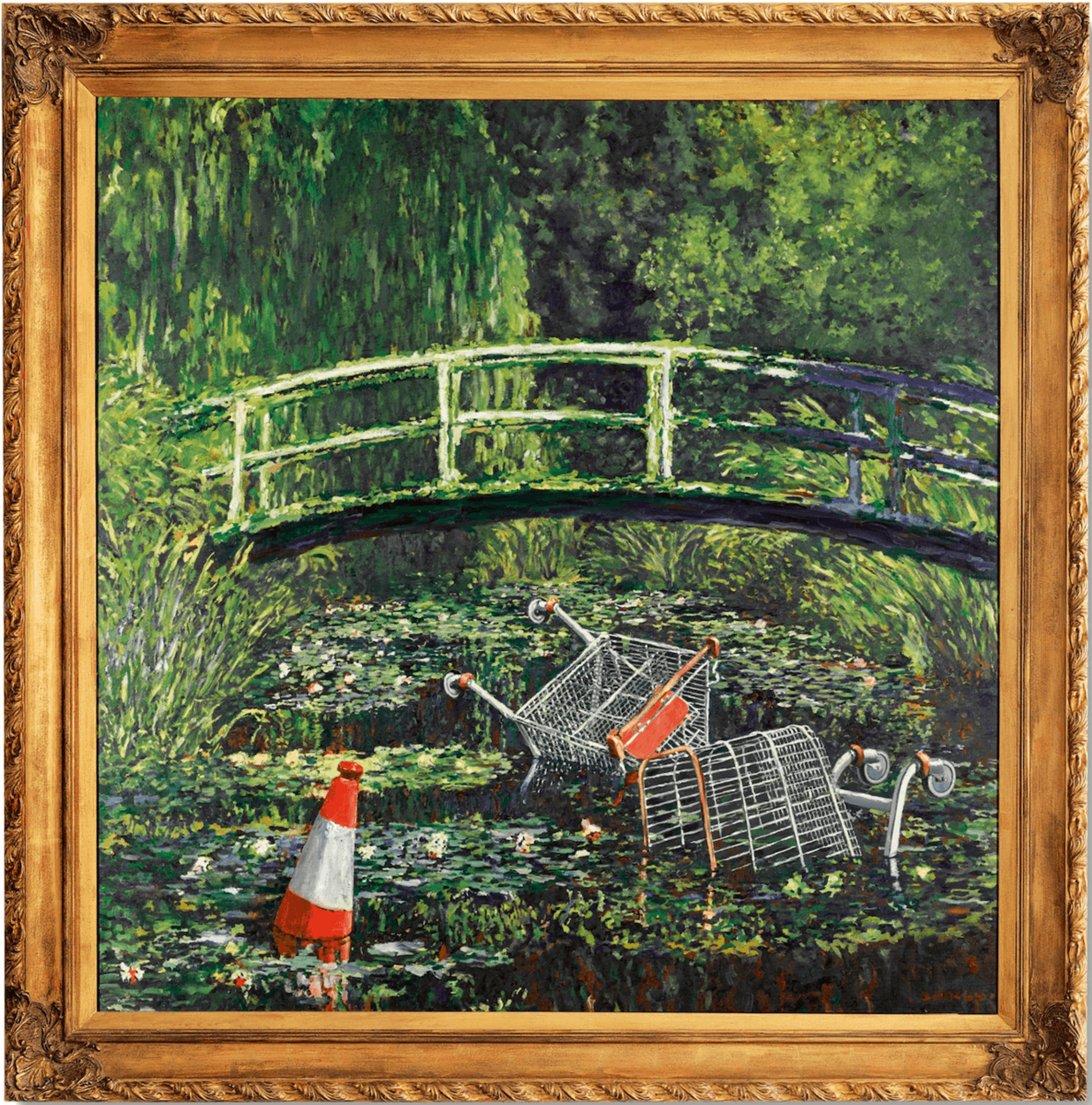Reasonably Priced Contemporary and Traditional Oil Paintings for Sale
Checking out All Concerning Oil Paintings: A Guide to Recognizing Their Appeal and Worth
Oil paintings have actually mesmerized audiences for centuries, using a glance right into the imaginative proficiency of numerous eras. Their abundant background is linked with cutting-edge methods and extensive emotional expression. Understanding the products and approaches behind these artworks can enhance admiration. Furthermore, the market for oil paintings offers chances for collection agencies and investors alike. As one discovers this interesting world, the inquiry arises: what makes an oil paint truly beneficial?
The History of Oil Paint: A Trip Via Time
Although oil painting has origins that go back to old times, it really flourished during the Renaissance, when artists found its adaptability and abundant color potential. Early instances can be mapped to the 7th century, with techniques progressing significantly throughout societies. The medium ended up being famous in Northern Europe in the 15th century, specifically with the works of musicians like Jan van Eyck, who spearheaded its usage for thorough realistic look and lively colors. This period marked a departure from tempera paints, permitting greater depth and appearance. As oil painting spread, it affected countless artists, resulting in masterpieces by prominent numbers such as Leonardo da Vinci and Rembrandt. The tool's heritage continues, shaping the art globe well right into modern-day times.
Understanding Oil Repaints: Products and Techniques
As artists discover the world of oil paints, they experience a varied variety of products and strategies that specify this medium. The key parts of oil paint consist of pigments, which give color, and drying oils, such as linseed, that bind the pigments and promote application. Various ingredients can customize the paint's texture and drying time, enhancing versatility. Methods like glazing, where transparent layers are developed, and impasto, which includes using thick paint, enable different aesthetic results. Furthermore, using brushes, palette knives, and also fingers can develop distinct structures and surfaces. Recognizing these products and strategies makes it possible for musicians to fully reveal their imagination and accomplish the preferred influence in their artwork.
The Role of Color in Oil Paints
Color plays a pivotal function in oil paints, influencing both aesthetic allure and psychological vibration. Understanding color theory basics, consisting of the relationships in between shades, can boost an artist's capacity to share state of mind and ambience. In addition, grasping color blending techniques enables greater depth and richness in a painting's palette.

Shade Concept Basics
Comprehending color theory is crucial for musicians dealing with oil paints, as it creates the structure for developing visually interesting and harmonious make-ups. Color theory includes the study of just how shades communicate, the shade wheel, and the partnerships in between primary, second, and tertiary shades. Musicians utilize complementary colors to improve contrasts and create centerpieces, while comparable colors promote unity and cohesiveness within an item. In addition, the concepts of cozy and trendy shades influence the understanding of depth and area in a painting. Grasping these principles permits artists to manipulate shade effectively, assisting the customer's eye and connecting their intended message. Mastery of color concept inevitably enriches an artist's capacity to communicate emotions and concepts with their job.
Emotional Influence of Color
The psychological influence of color in oil paints plays an essential role in just how customers regard and attach with artwork. Shades evoke details feelings and state of minds, affecting the visitor's mood. For example, warm tones like reds and oranges can develop a sense of heat and power, while great tones such as blues and environment-friendlies usually evoke peace or introspection. Artists tactically select color combinations to enhance narrative components, directing the target market's emotional trip. The saturation and comparison of shades even more magnify these results, attracting attention and producing emphasis. Ultimately, the interplay of colors in oil paintings not only improves their aesthetic charm yet likewise offers as a powerful medium for emotional expression, enriching the audience's experience and interpretation.
Color Combining Techniques
While numerous elements of oil painting add to the general composition, mastering shade blending techniques is important for attaining preferred results and depth. Shade blending can be come close to through various approaches, including the additive and subtractive processes. Additive mixing involves combining shades of light, while subtractive mixing depends on pigments, where shades blend to create new tones. Musicians typically utilize a minimal combination to produce harmonious jobs, recognizing the partnerships in between main, additional, and tertiary colors. Techniques such as glazing and scumbling further boost deepness and luminosity. By masterfully mixing shades, a musician can evoke feelings, produce prime focus, and achieve more info a sense of realistic look, eventually boosting the painting's visual and emotional effect.
Famous Oil Painters and Their Iconic Functions

Famous for their proficiency of shade and strategy, oil painters have created some of the most renowned art work in background. Popular musicians like Vincent van Gogh captivated audiences with his emotive brushwork in "Starry Night," while Claude Monet's "Perception, Dawn" laid the foundation for Impressionism. Leonardo da Vinci's "Mona Lisa" stays a long-lasting sign of artistic brilliant, showcasing his ability in capturing human expression. At the same time, Rembrandt's "The Evening Watch" illustrates his innovative use light and shadow. Other noteworthy figures include Pablo Picasso, who revolutionized modern-day art with his vibrant trial and error in jobs like "Les Demoiselles d'Avignon," and Georgia O'Keeffe, whose lively depictions of flowers and landscapes aided specify American innovation. Each artist's special style added greatly to the oil paint landscape.
Just how to Examine the High Quality of an Oil Painting
Evaluating the quality of an oil paint includes a careful analysis of workmanship techniques, as well as an evaluation of color and composition. Observing brushwork, layering, and the application of paint can disclose the musician's skill degree. Furthermore, the interplay of shades and the overall plan of aspects contribute considerably to the paint's aesthetic value.
Evaluating Workmanship Strategies
A precise analysis of craftsmanship methods is important for establishing the quality of an oil paint. Evaluators need to first examine the application of paint; thick, distinctive brushstrokes may recommend a competent hand, while overly uniform applications could indicate an absence of depth. oil paintings for sale. The layering technique is additionally crucial; the existence of glazes and differed thickness can boost luminance and complexity. In addition, the high quality of the products used, such as the canvas and pigments, plays a substantial role in longevity and overall visual. Attention to detail in components like edges and shifts between shades mirrors the artist's dedication to their craft. Eventually, these techniques add to the paint's emotional impact and market price, working as indications of the artist's skill and intent
Assessing Color and Structure
While examining the top quality of an oil paint, one need to concentrate on the interaction of color and composition, as these aspects are essential to the artwork's overall effect. Color options can develop and stimulate feelings state of mind; for that reason, the musician's combination should be analyzed for consistency and comparison. A well-balanced structure routes the audience's eye and produces a feeling of unity. Artists typically use strategies like the policy of thirds or leading lines to boost visual rate of interest. In addition, using light and shadow can add deepness, boosting the three-dimensionality of the paint. Eventually, a successful oil painting marries color and composition, engaging the viewer and welcoming a much deeper recognition of the musician's vision and technique.
Caring for and Preserving Oil Paintings
Appropriate care and conservation of oil paintings is necessary for keeping their honesty and durability. To safeguard these artworks, it is essential to present them far from direct sunshine, which can trigger fading and discoloration. Maintaining a steady atmosphere with controlled temperature and humidity further aids in stopping damage. Cleaning need to be done carefully using a soft, dry cloth, avoiding any harsh chemicals that could damage the paint or varnish. Routine evaluations for indicators of damage, such as flaking or breaking, are suggested. When saving or delivering oil paintings, correct padding and framework are required to prevent physical damage. Eventually, diligent treatment contributes to the visual allure and value of oil paints in time.
The Marketplace for Oil Paintings: Spending and accumulating
Comprehending the marketplace dynamics for oil paints is important for enthusiasts and capitalists alike. The worth of these artworks is influenced by numerous factors, consisting of the musician's reputation, historical value, and current patterns. Collectors usually seek pieces that resonate personally while taking into consideration possible gratitude in worth. Galleries and public auctions act as primary places for purchasing and selling, with rates varying based upon demand and rarity. Spending in oil paintings calls for study into the marketplace, along with an understanding of credibility and provenance. Additionally, arising musicians might supply opportunities for significant returns, while established names can command high prices. On the whole, a tactical method to gathering can produce both aesthetic enjoyment and monetary benefits.

Frequently Asked Concerns
What Are the Environmental Effects of Oil Paint Products?
The ecological influences of oil painting materials include the release of unstable organic compounds (VOCs), dangerous waste generation, and source removal for pigments. These factors add to pollution and ecological deterioration, increasing worries amongst eco aware musicians and customers.
Just How Do Various Canvases Influence Oil Paint Results?
Different canvases affect oil painting results considerably. Structure, absorbency, and surface area quality can modify paint application, drying out times, and shade vibrancy. Artists usually choose details canvases to accomplish wanted results and boost their artistic expression.
Can Oil Paintings Be Restored if Harmed?
If harmed, Oil paintings can without a doubt be restored. Professional conservators use different methods to repair rips, tidy surface areas, and address staining, guaranteeing that the art work preserves its initial appeal and value for future generations.
What Are the Indicators of an Initial Oil Painting?
The indicators of an initial oil paint consist of noticeable brush strokes, texture variations, and an uneven canvas weave (oil paintings for sale). Additionally, authenticity may be verified with provenance, signatures, and the existence of a varnish layer special to oil tools
Just How Has Technology Influenced Modern Oil Painting Techniques?
Modern technology has greatly affected contemporary oil paint strategies by introducing electronic tools for planning, enhanced materials for texture and long life, and on the internet platforms for selling and sharing art, thereby broadening artists' innovative opportunities and audience get to. Oil paint has roots that date back to ancient times, it absolutely flourished during the Renaissance, when artists uncovered its flexibility and abundant shade potential. The emotional influence of color in oil paintings plays an important duty in how customers regard and link with art work. While several elements of oil painting contribute to the total composition, mastering shade mixing strategies is crucial for accomplishing preferred results and deepness. Reviewing the top quality of an oil painting entails a cautious analysis of workmanship techniques, as well as an evaluation of shade and make-up. While evaluating the high quality of an oil painting, one need to concentrate on the interaction of color and make-up, as these components are basic to the art work's overall impact.